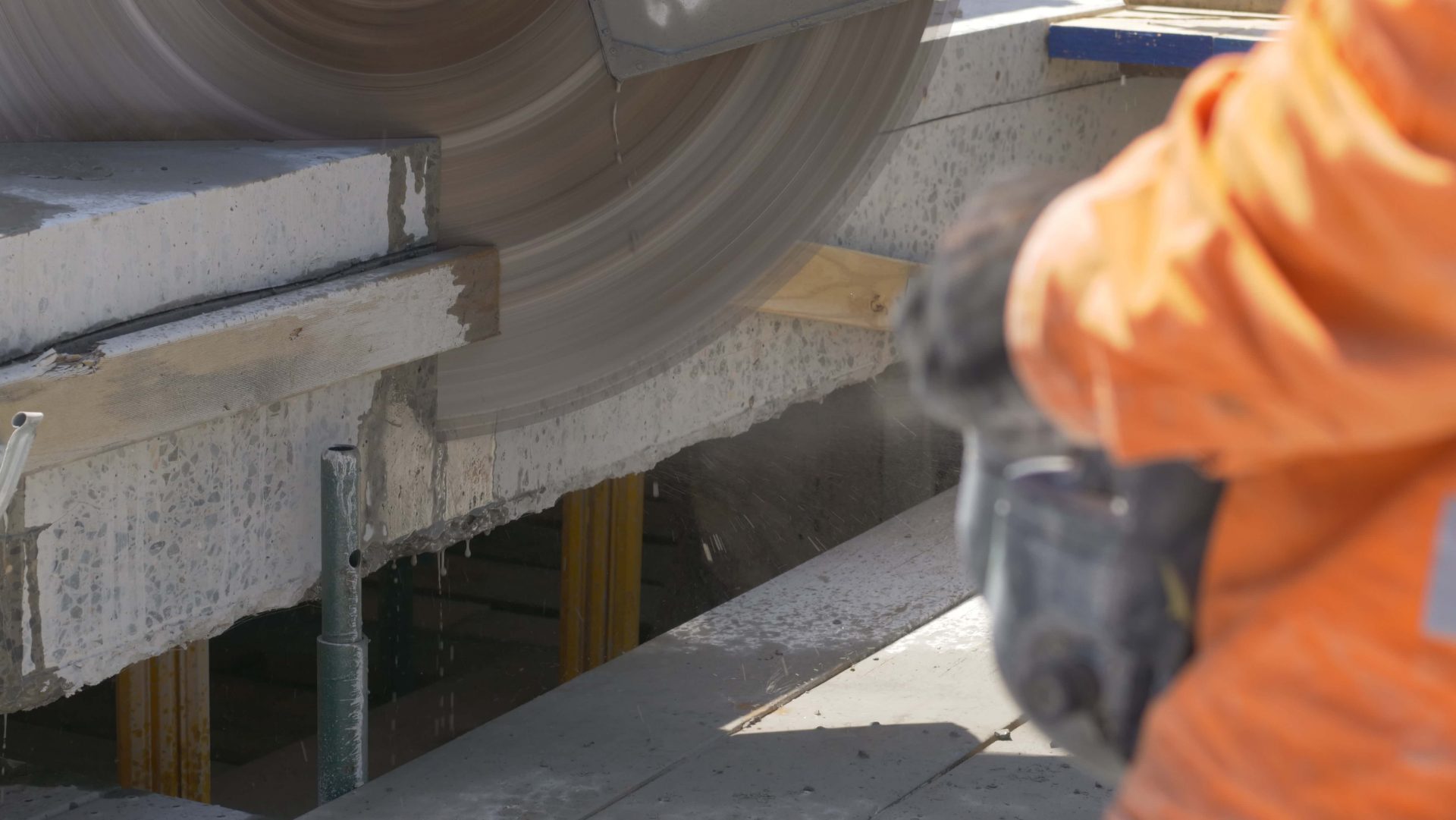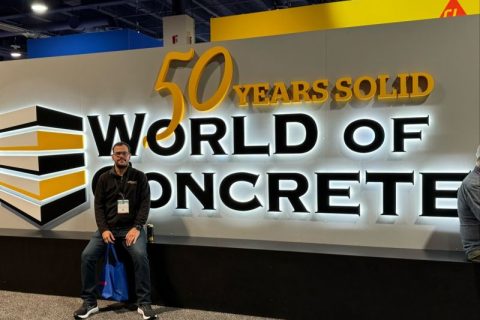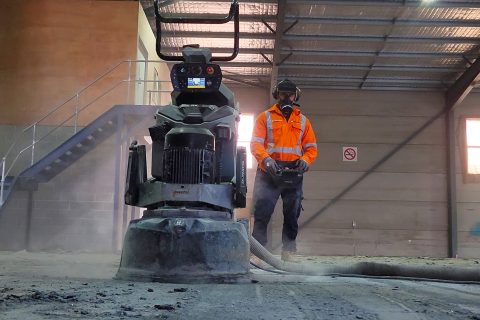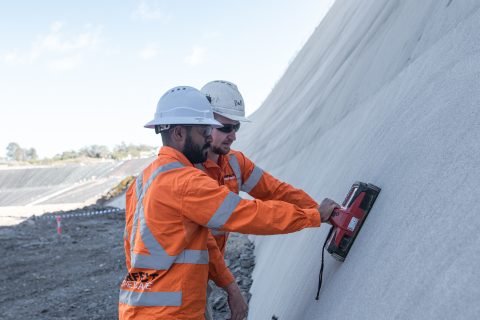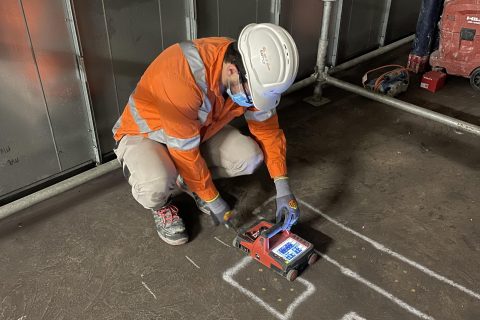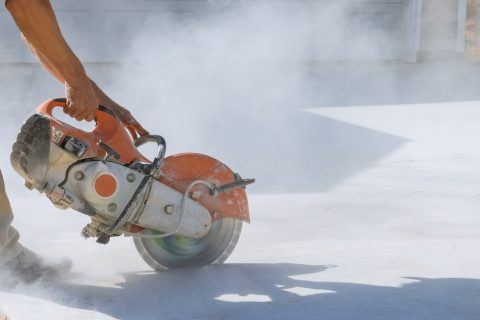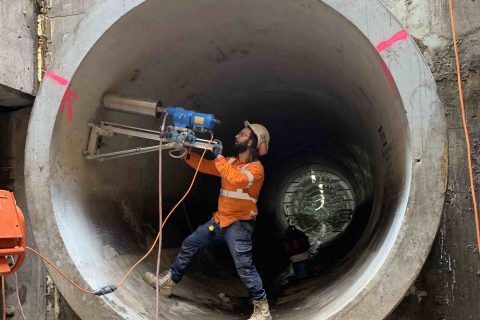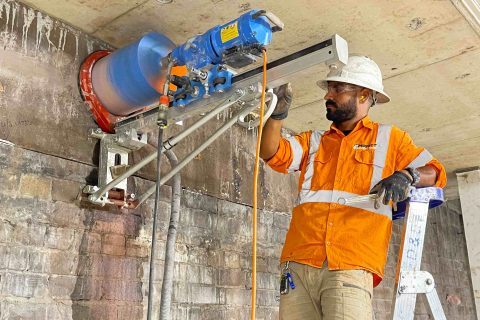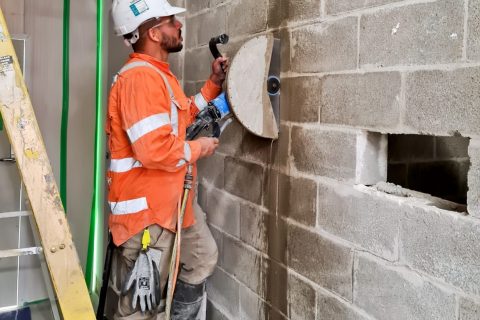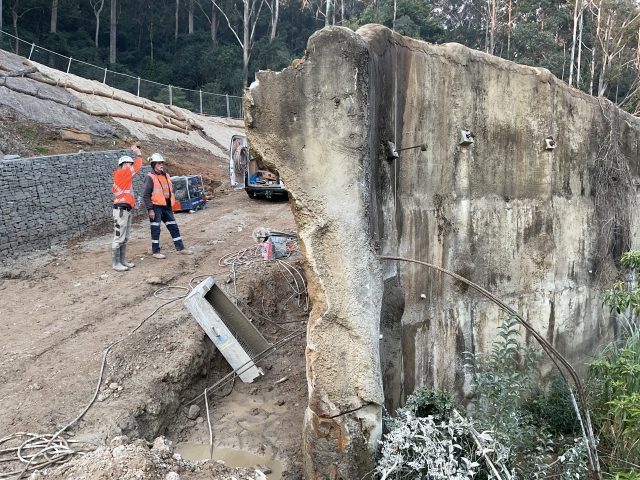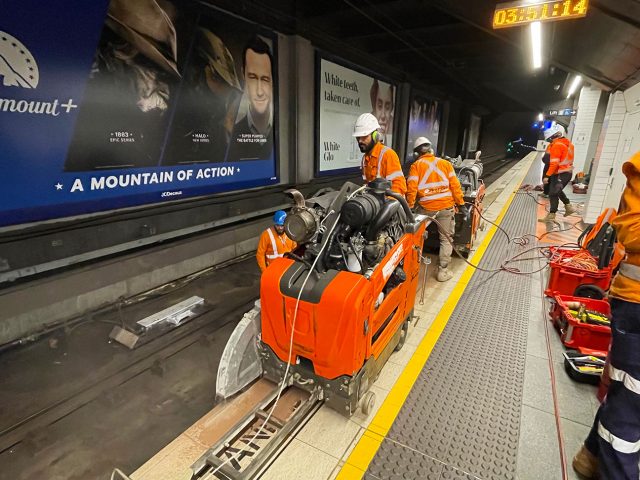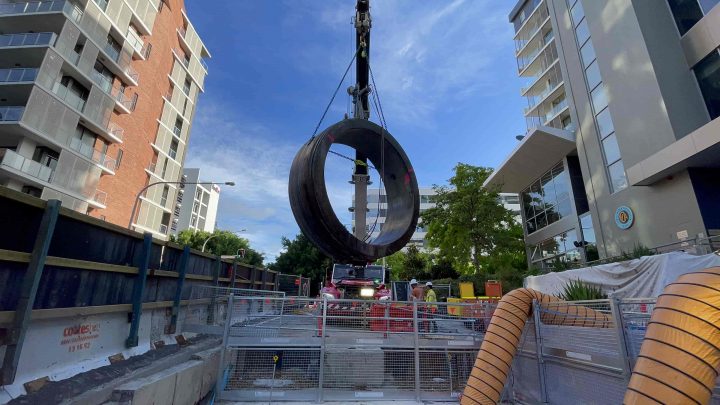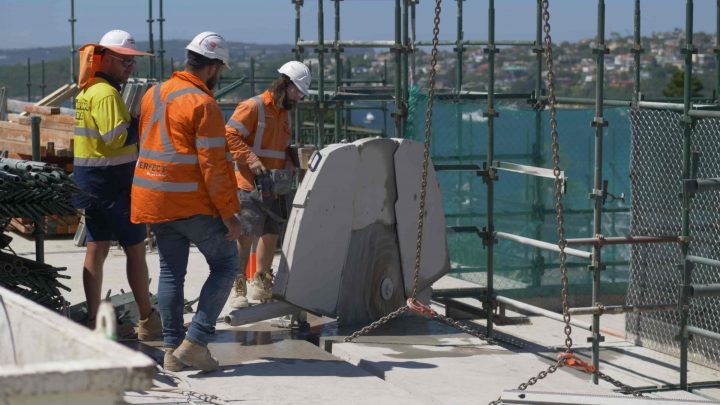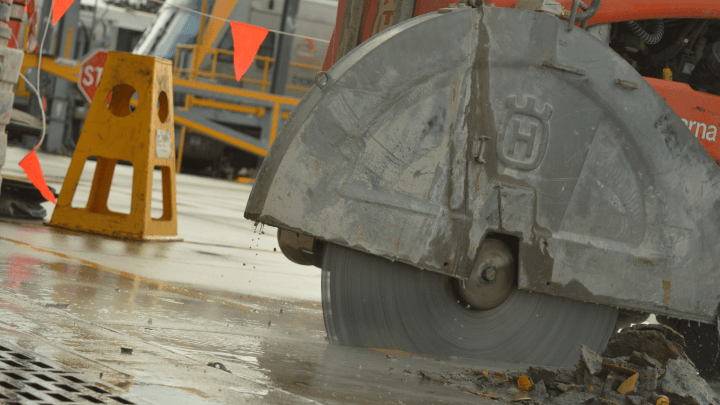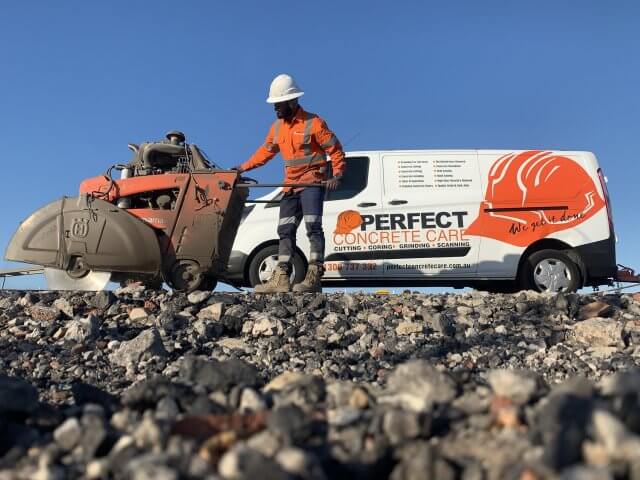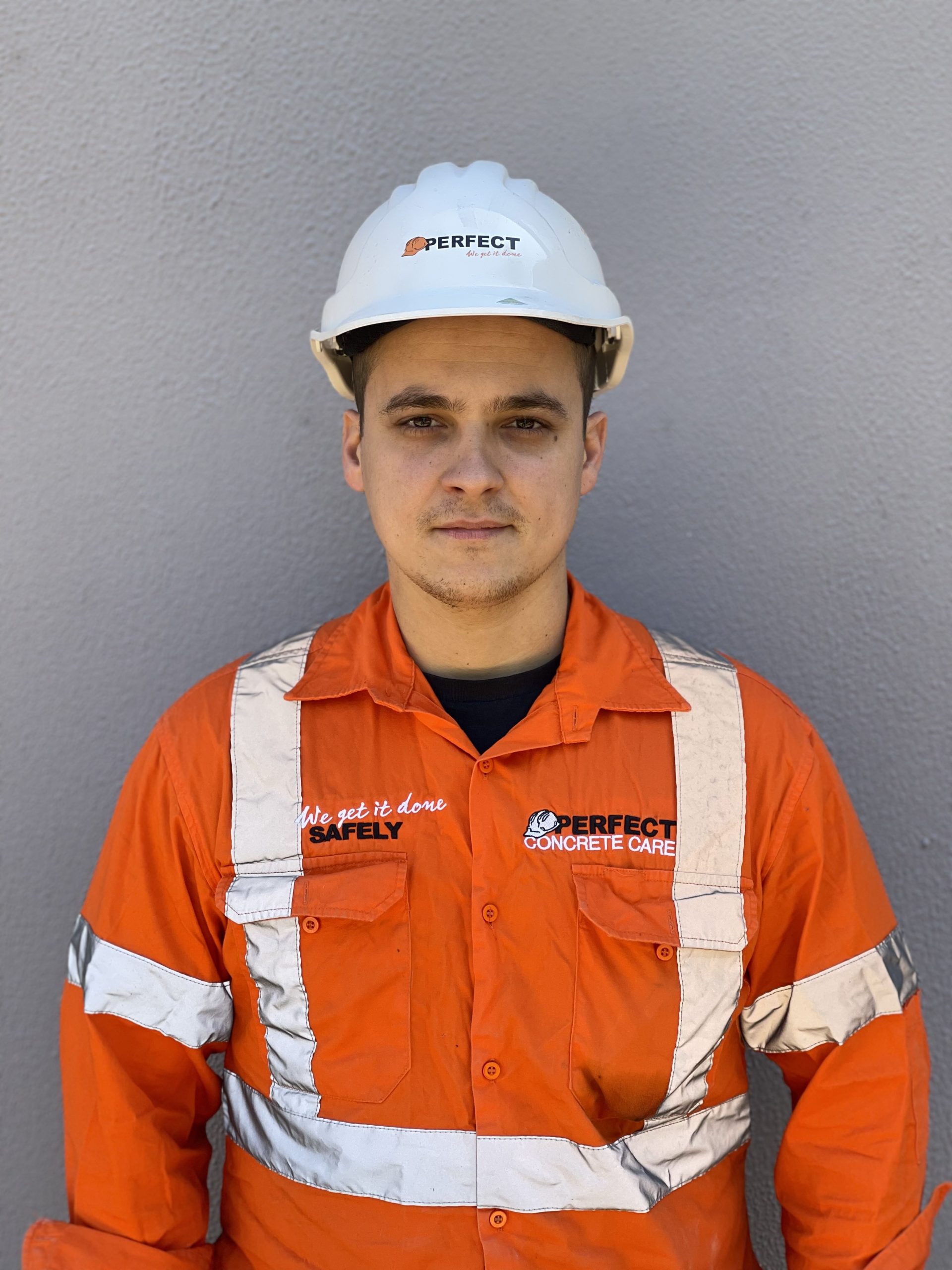By Daniel Green
In spite of the hundreds of technological advances in construction, when it comes to erecting buildings, concrete is still king. Strong and durable with incredible dollar-for-year returns, concrete structures watch generations come and go. But even the best of us need to make changes from time to time and builders & developers are no exception.
So how does one make alterations to existing walls, floors, columns, beams and ceilings? Well, stay tuned ladies and gents because you’re about to find out.
TKO
As cool as concussion demolition is [hydraulic breakers and/or explosives], those methods don’t offer much in the way of precision. They’re more sledgehammer than surgical scalpel. This is where concrete cutting comes alive. With its laser straight incisions, flush mounted blades and diamond encrusted wire – masonry cutting is the way to accurately remove excess concrete.
A Formal Introduction
If all of this is as foreign as the surface off the moon then here’s a brief, but exact introduction:
Concrete cutting is the method by which electric, hydraulic or combustion engined saws and/or wires make precise cuts in concrete so it can be removed and/or broken out.
The reasons behind cutting concrete are almost limitless, though here’s a few:
- Installation of HVAC lines
- Installation of plumbing, gas or electrical
- New access such as doorways or hatches
- Floor penetrations for new stairwells or lifts
- Floor penetrations for piering
- Access for new structural members such as beams or columns
- Fault finding for remedial works or upgrades
- Correction of construction flaws and/or errors
- Breaking down oversized concrete for disposal
With the basics out of the way, let’s make a deeper cut take a deeper look into some of the scenarios that will demand different concrete cutting machinery.
Quick n’ Dirty Cuts or Millimetre Perfect?
This depends entirely on the end result. If your scenario calls for a floor slab to be broken out so piers can be augured and flush poured then QnD is more than adequate. Yes you can break out directly but then you risk not having a clean edge to pour fresh concrete against. However, that cut doesn’t need to be millimetre accurate because there’s a good chance no one will see the finished product except the builder. It’s entirely a pragmatic exercise. However, if those piers are elevated above the slab then this additional design element will call for a more aesthetic approach – and this means millimetre perfect marks and cuts.
The same goes for say, a temporary access doorway on a live construction site. If that doorway is in a wall that will eventually be demolished anyway, it doesn’t really matter if it’s standard width and height. Heck, it doesn’t really matter if the thing is even square. If however, the doorway is part of the design then accuracy is clearly key.
Handheld or Cradle Mounted?
Again, this depends entirely on the outcome. Let’s say you’re cutting asphalt on a train station platform to run waste water. The asphalt is 125mm thick, the trench is 9m long and it’s 90mm pipe. Being finished in hot mix means that your 9m x 100mm cuts will be visible for the world to see. You can cut it freehand, but do not underestimate the power of a cradle. This wheeled frame allows the firm mounting and operation of a demo saw and will bring an exactness to your cuts that hand cutting alone cannot yield.
On the flip side, if the 9m x 100mm opening is in a brick or concrete wall then handheld cutting might be the only option as there’s few wall-mounted demo saw cradles.
To flip the scenario back again, saws like Tyrolit’s WSE1217 wall saw are specifically designed for such a task. However this isn’t a QnD operation. The saw is mounted to sections of track that can be assembled in an almost unlimited length. It’s fixed by drilling and dynabolting to the wall. There’s a lot of set-up to get all components straight and level. However, once installed, the 1217 will cut in a perfectly straight line for as far as there is track.
Shallow or Deeper Cuts?
To answer that the first question we should ask is: what are you trying to achieve? If you’re cutting across a driveway to run services then you’ll probably only need a demo saw. This is because the slab is only up to 150mm thick and a demo saw can cut to within 5mm of that.
If however, you need to section a concrete beam, say for a structural steel install, in all likelihood you’ll need a ring saw. This is the lightweight cousin to the demo saw but it can cut down to 270mm.
Even deeper cuts require a wall saw but as we’ve already discussed this is entirely dependent on access due to the track as well as the physical bulk of the machine itself.
Two Stroke or Electric Saws?
While we’re on the topic of demo and ring saws, it’s probably a good time to discuss what powers our masonry saws. Combustion engined saws are king – always have been and probably always will be. Nothing comes close in terms of sheer cutting power, speed and overall toughness. However not all environments are compatible with this smoke bellowing noisemaker. Cutting indoors or in confined spaces is a no-no due to exhaust fumes.
This is where electric powered saws step up to the plate. Known as High Frequency saws, these masonry cutting machines run off a standard wall outlet that is upscaled to 3 phase via the saw’s power unit. Their primary advantage is that they produce no exhaust and thus can be used in low oxygen volume and hazardous environments. Both demo and ring saws come in HF variants.
Hydraulic or Mechanical Drive?
Yessir, that’s right. A hydraulic masonry saw. Traditionally, demolition saws are driven by gears, wheels and/or belts. They hydraulic variant however run on pressurised oil. Hydraulic saws are extremely powerful, often yielding terminal velocity in terms of blade speed. Yes they cut faster and easier but there’s more risk. Furthermore, all that oil needs to be pumped by something, so you have to cart the hydraulic oil along with you. As well as something to power it with. But when your slab is in a petroleum facility and fuel & electricity are banned – where can you turn but to a hydraulic saw?
Dry or Wet Sawing?
Unless there is zero access to water and you absolutely do not have slurry control then cut wet, always cut wet. Water lubricates the cut, cools the blade and reduces friction – and therefore load on the saw. Aurally speaking it also reduces the harshness of the cut. And that’s just during the actual cut! In the long term, all of that reduced pressure means less frequent servicing & breakdowns and less operational costs.
Structural or Non-structural?
The latter is clearly the most straightforward. Because there’s no complexities to contend with, you can use whatever saw you like – within the environmental limitations of course. But when your scope demands the removal of structural members, well, sometimes your hands are tied.
Once bracing [such as propping] has taken place then you may be restricted by how much physical room there is to cut. Depending on the location of the piece, how its to be removed and what it weighs can also determine which cutting method you will need to employ. At the end of the day the choice comes down to what tool is best suited for the job.
Road Saws?
When cutting long straight runs of concrete or asphalt a road saw really is the superior option. So named because of its initial use in cutting roads, this self-propelled behemoth will cut to 312mm. Utilising a turbocharged diesel engine, there isn’t much that will stop a road saw.
How to Cut Perfectly Flush?
If the cut is on the smaller side, you can use a flush cut saw. This is a modified demolition saw that has the blade on one side of the saw. This is opposed to the centralised location of a standard demo saw. Because the blade is literally on one side of the machine it will cut perfectly flush to a wall, floor or ceiling.
But what if you need to flush cut a concrete column that’s two metres in diameter? The measly 145mm cutting depth of the flush cut saw isn’t nearly enough. Well, let us introduce you to diamond encrusted wire.
Wire saws are specifically designed to cut large diameter concrete items with virtually no damage to the surrounding infrastructure. Wire saws can flush cut a column so precisely you’d be hard pressed to know if was ever there.
Choose Carefully
With hundreds of variables and scores of masonry cutting machines, making sure you select the right concrete cutting device for your application. If you’re unsure you can contact Jaro on 0414-902-112 or Rodrigo on 0481-231-493.
Perfect Concrete Care ~ We Get It Spun.

